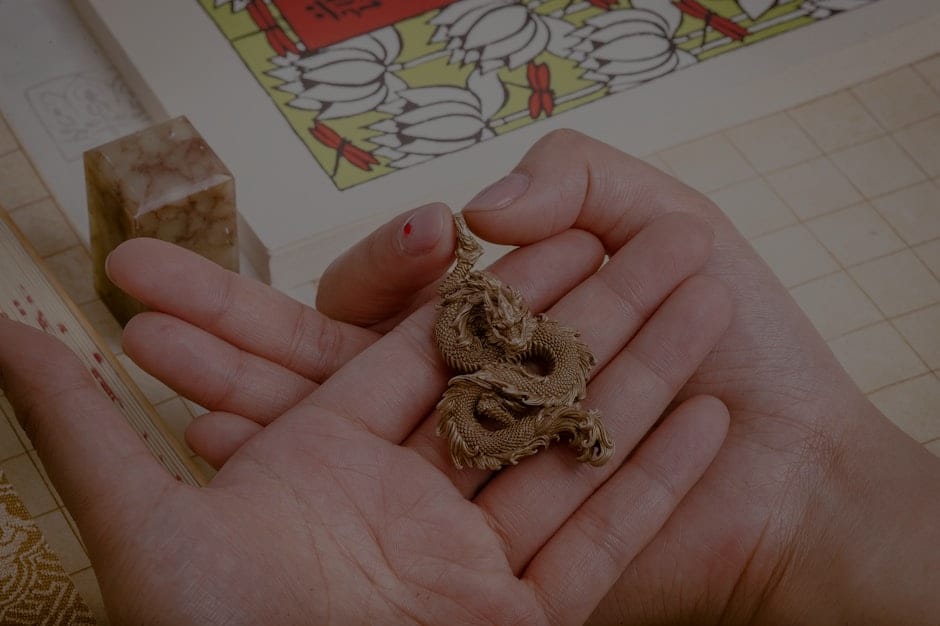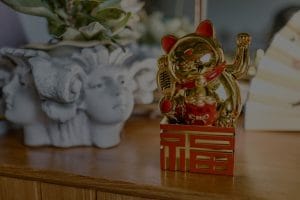**Abstract:** Discover how Western perspectives on feng shui ornaments differ from traditional views, exploring cultural insights that shape their significance and appeal in modern society.
Understanding Feng Shui: A Cultural Foundation
Feng shui, an ancient Chinese practice, focuses on harmonizing individuals with their environment. In its essence, it emphasizes balance and energy flow, known as “qi.” In Western cultures, feng shui has been adapted and interpreted through various lenses, often stripped of its traditional roots. This shift leads to a unique understanding of feng shui ornaments, which many view as mere decorative items rather than tools for enhancing life energy.
The Western Approach: Aesthetic Appeal Over Spiritual Significance
In Western countries, feng shui ornaments often appeal more for their aesthetic qualities than their spiritual significance. While traditional feng shui practitioners emphasize the importance of specific shapes, colors, and materials to promote harmony, Western consumers frequently choose these items based on personal taste and style. This shift reflects a broader trend of integrating cultural elements into home decor without necessarily embracing their underlying philosophies.
Psychological Needs: Seeking Balance and Serenity
Despite the differing perspectives, Western consumers are drawn to feng shui ornaments due to their psychological benefits. Many individuals seek balance and serenity in their chaotic lives, and these ornaments are perceived as symbols of peace. Items like crystal pendants or bamboo plants are often chosen for their calming aesthetics, even if the deeper feng shui principles are not fully understood. This highlights a universal desire for tranquility and a harmonious living space.
Market Trends: The Rise of Feng Shui Ornaments in Home Decor
The growing popularity of feng shui ornaments in Western markets can be attributed to the increasing interest in holistic wellness and mindfulness practices. Homeowners are now more inclined to invest in items that promise not only beauty but also positive energy. This trend is evident in the surge of online searches for feng shui products, reflecting a shift towards a more conscious approach to living spaces. Retailers have capitalized on this demand, offering a wide range of ornaments that cater to diverse tastes.
Challenges in Education: Misunderstandings of Feng Shui Principles
One of the significant challenges in bridging Eastern and Western perspectives on feng shui is the misunderstanding of its principles. Many Western consumers may not grasp the importance of placement, intention, and energy flow, which are crucial in traditional feng shui. As a result, ornaments may be used incorrectly or placed without consideration of their intended purpose. This disconnect can lead to disappointment, as individuals may not experience the desired effects, further perpetuating misconceptions about feng shui.
Embracing Cultural Fusion: A Path Forward
To foster a deeper appreciation for feng shui, it’s essential to educate Western audiences about its rich cultural heritage. By sharing stories, historical context, and practical applications, consumers can better understand how to incorporate feng shui ornaments meaningfully into their lives. This cultural fusion can lead to a more authentic experience, where aesthetics and spiritual significance coexist harmoniously.
Conclusion: A Unique Perspective on Feng Shui Ornaments
The Western perspective on feng shui ornaments highlights a fascinating blend of aesthetics and cultural adaptation. While the spiritual roots may be overshadowed by a focus on design, the underlying desire for balance and serenity remains a powerful motivator. By bridging the gap between these perspectives, we can cultivate a deeper understanding of feng shui and its potential to enhance our living spaces. Embracing both the beauty and the philosophy of feng shui ornaments can lead to a more enriching experience for consumers seeking harmony in their homes.










